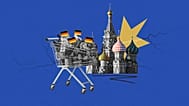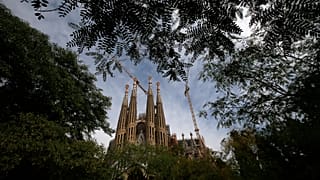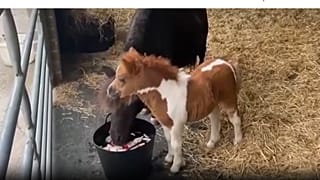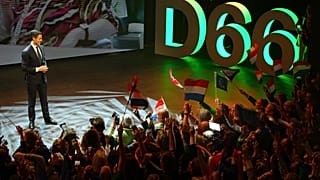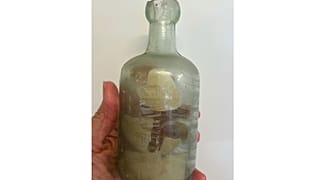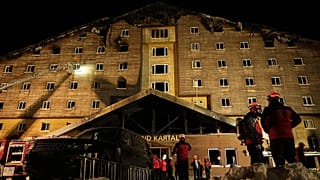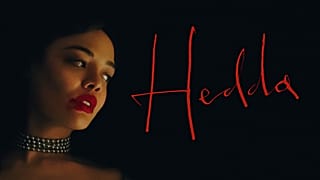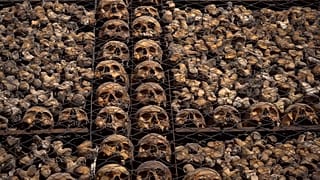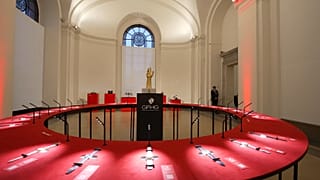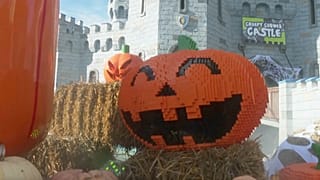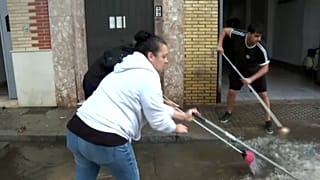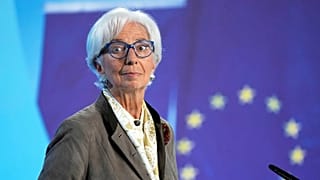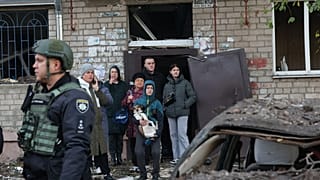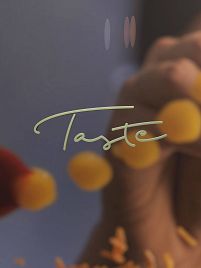Each year, people take to the streets on November 1, the Day of the Dead, for a festivity that stretches for several nights and locals regard it as part of their identity.
"It is something that we live with a lot of passion, and that identifies us as Mexicans, Oaxacans and makes our loved ones stay alive forever," Roberto Ruiz, a local dressed up as a scarecrow skeleton, said.
In Oaxaca, each 'Muerteada' differs from one town to another. Traditionally, participants take part in a theatrical representation in which a dead man is resuscitated.
Among the characters are a devil, a priest, a doctor, a spiritist and an old man whose daughter is married to the deceased.
But Mexicans from Soledad Etla have introduced new characters - many inspired by popular culture - making it a less traditional, more cheerful event.
"It means enjoying the songs and the bands that come to play in the different neighbourhoods," said Laura Martinez, who represented a traditional 'Catrina', the elegant skull.
The staging of "muerteadas" is humorous for most participants and spectators alike. All characters speak in verses and dialogues are full of communities’ gossip and political satire.
Once the acting ends, to cheer that life prevailed, the night goes on with a procession led by a musical band. People dance, drink mezcal and visit neighbours' homes until the celebration fades by the cemetery on the following day.

